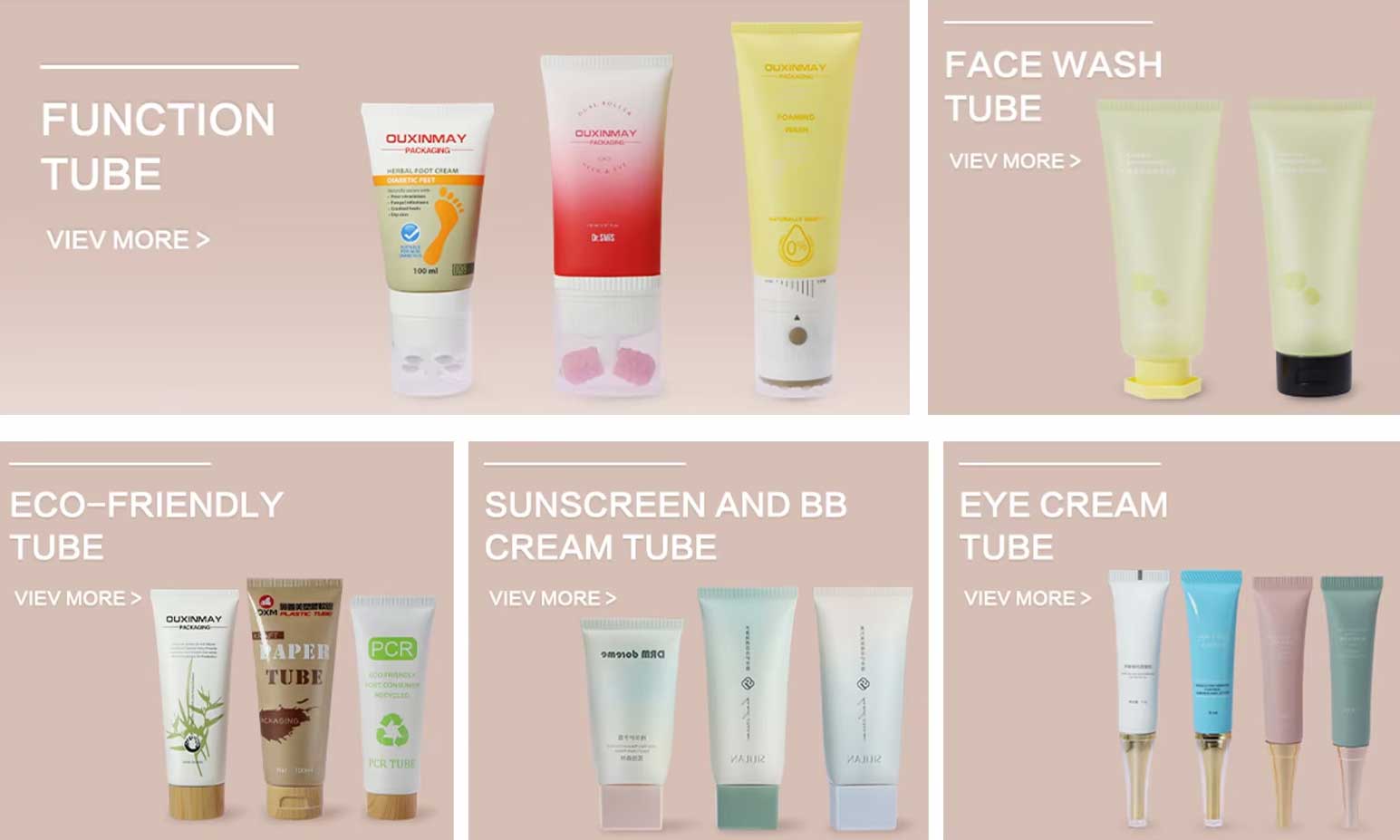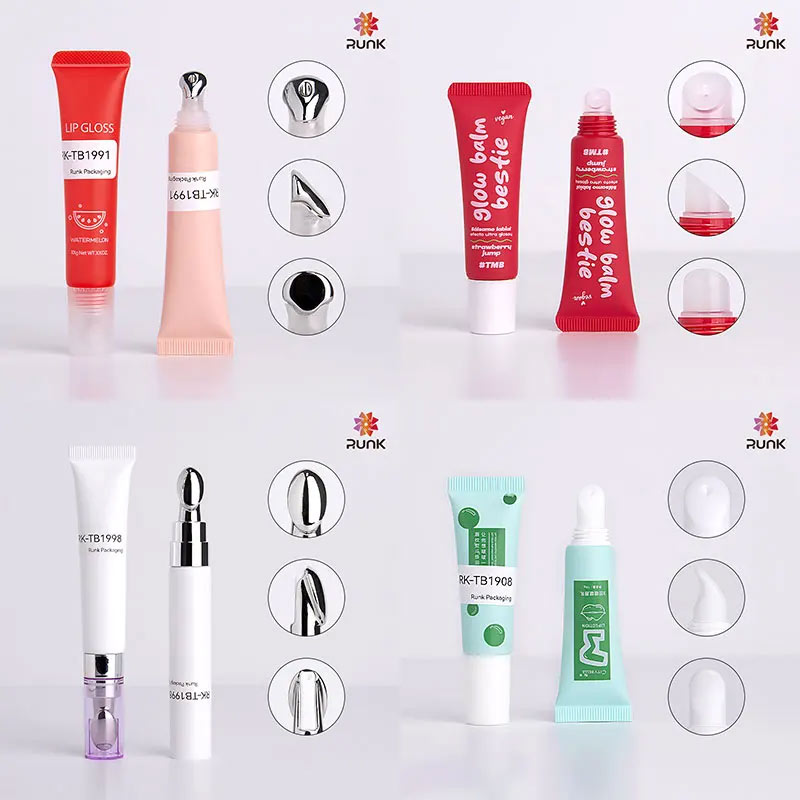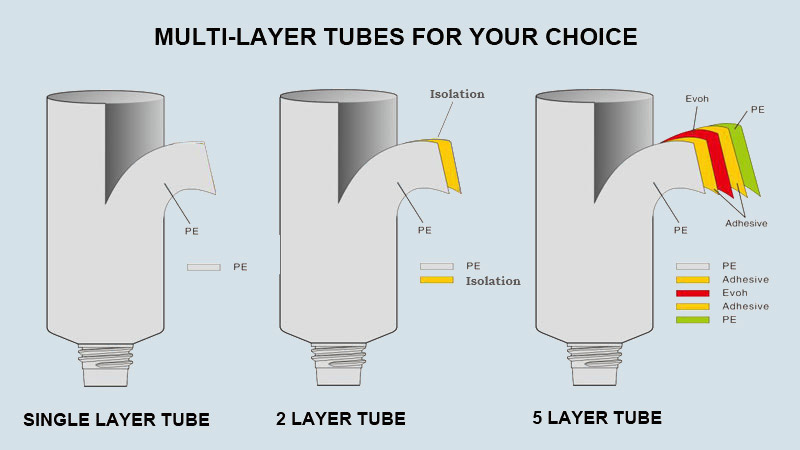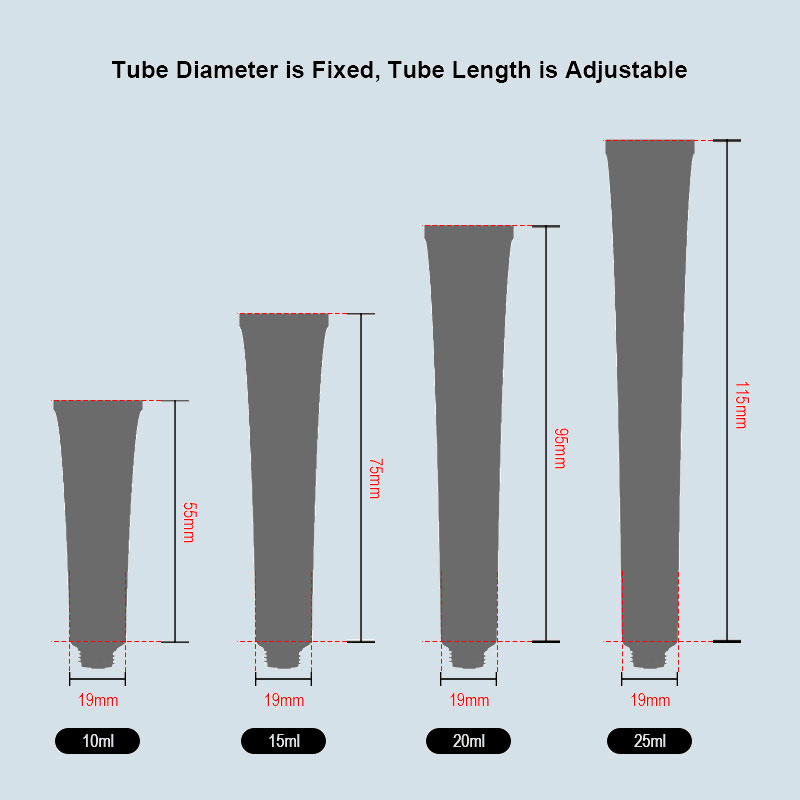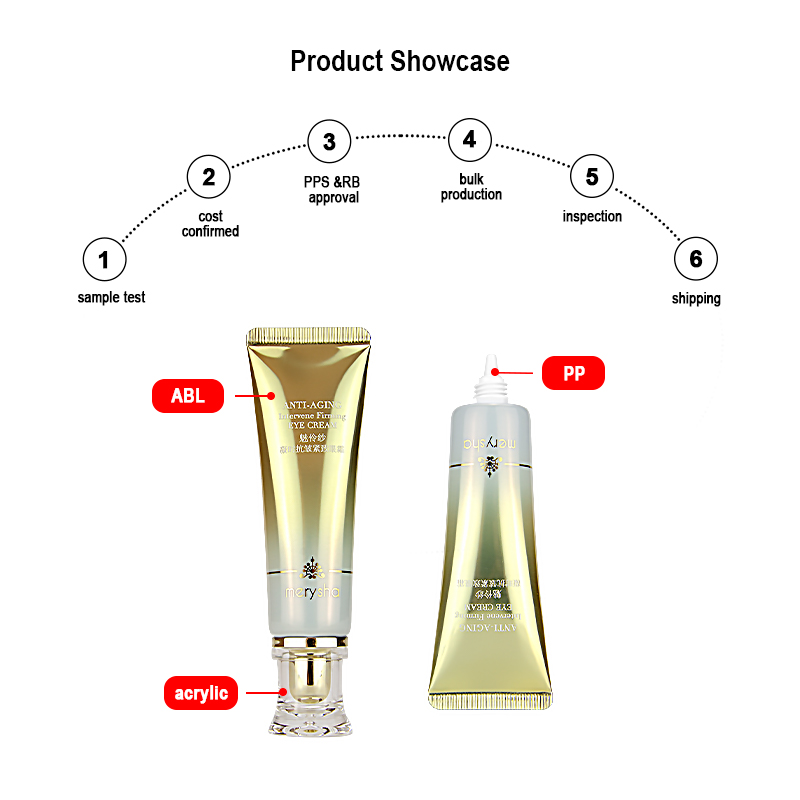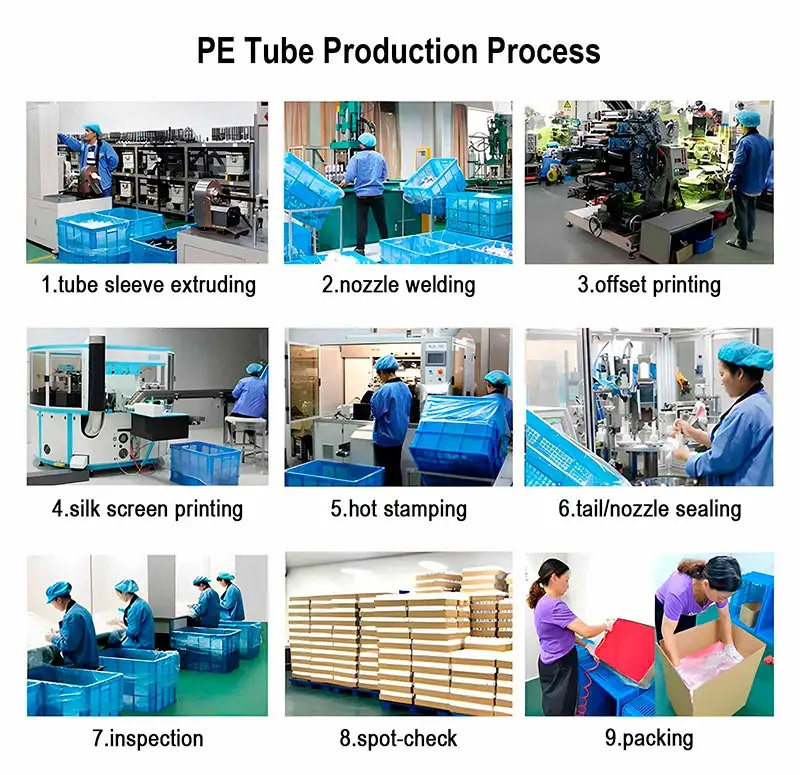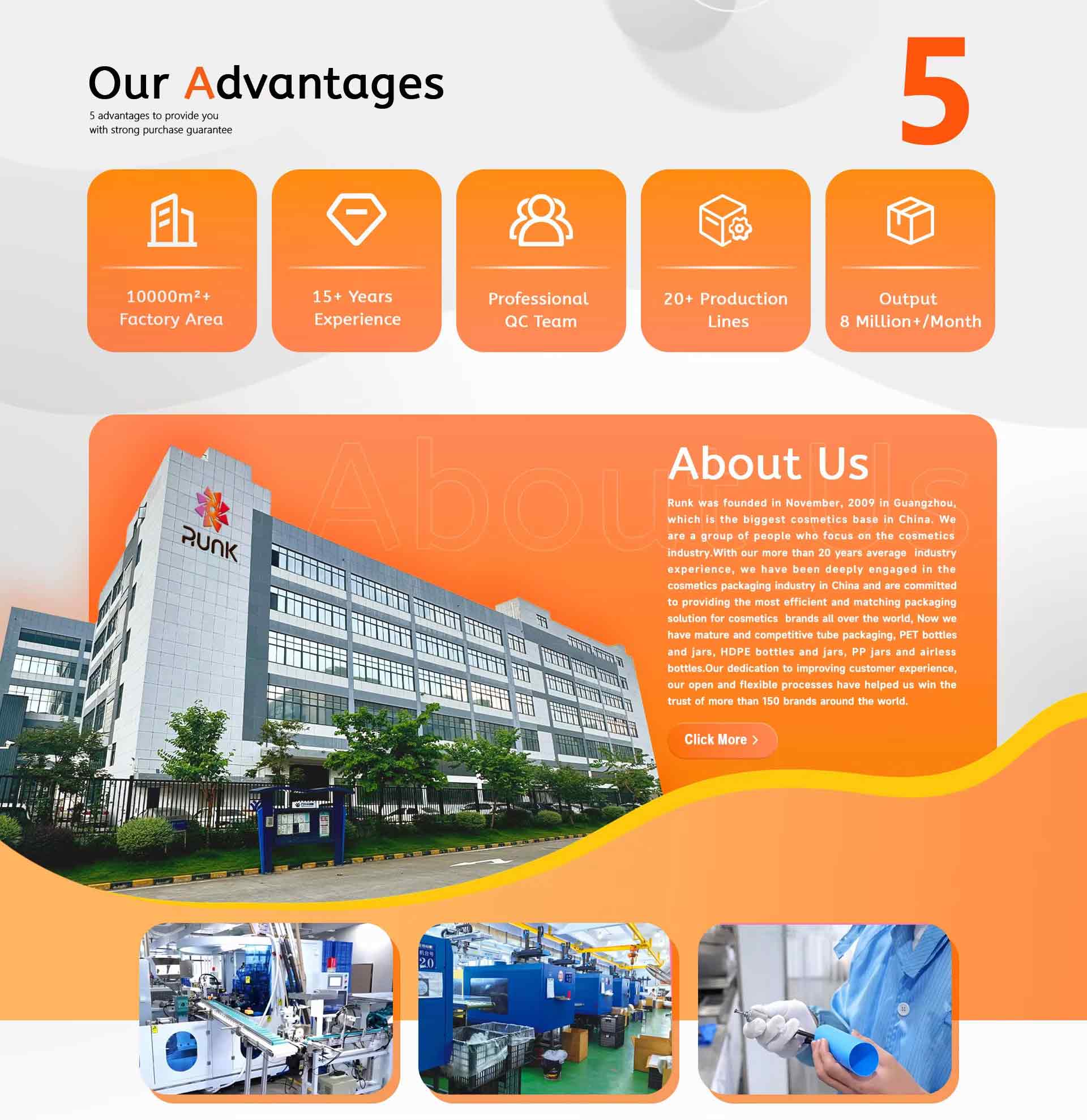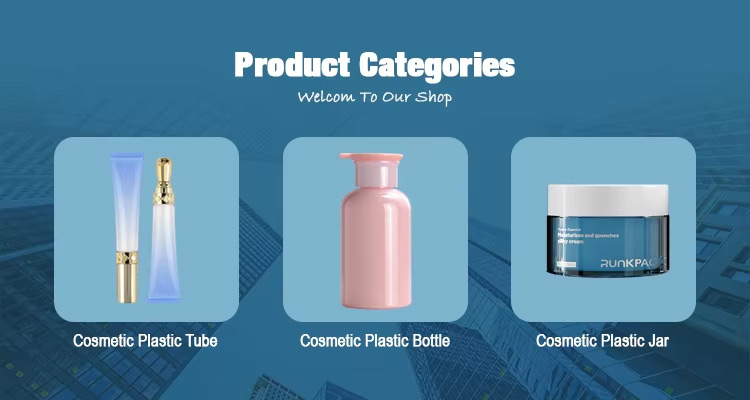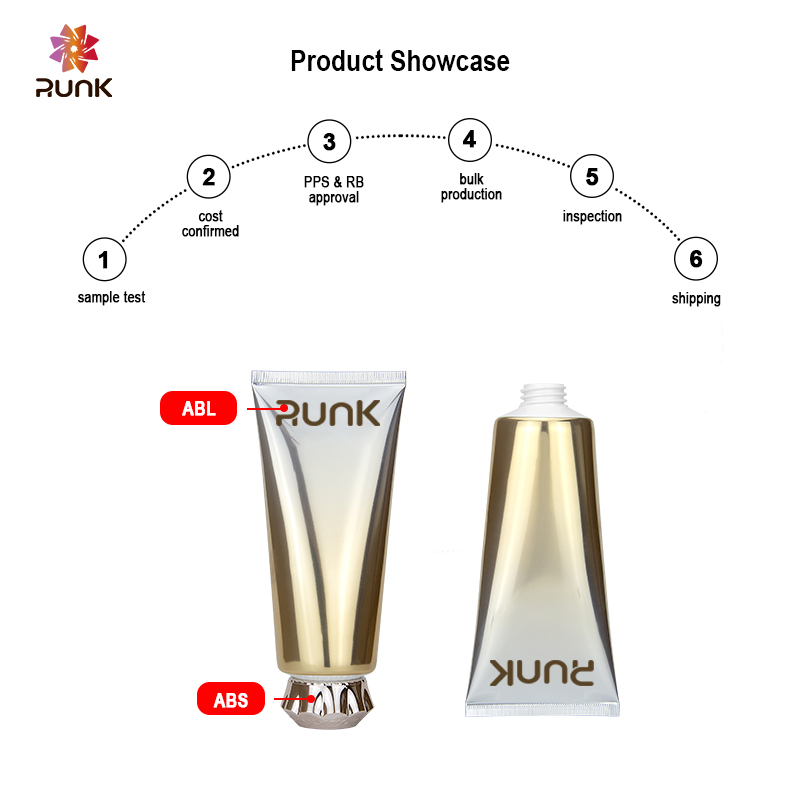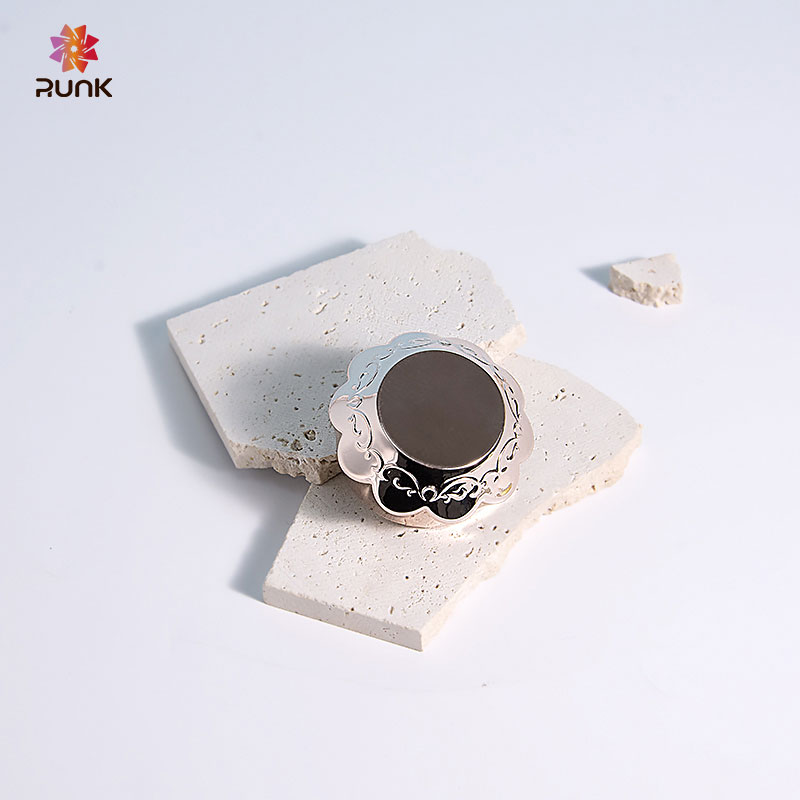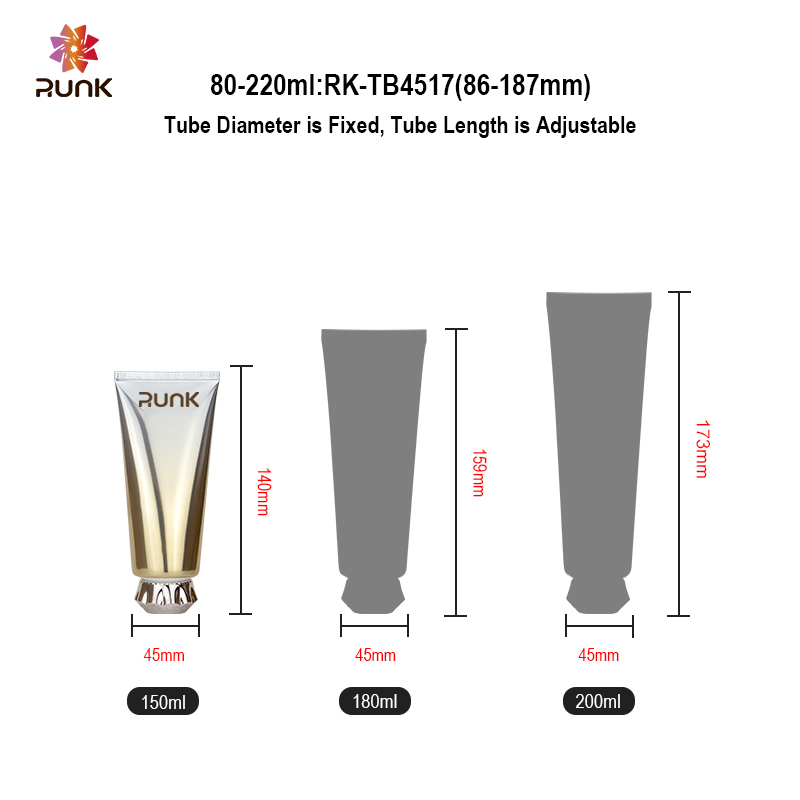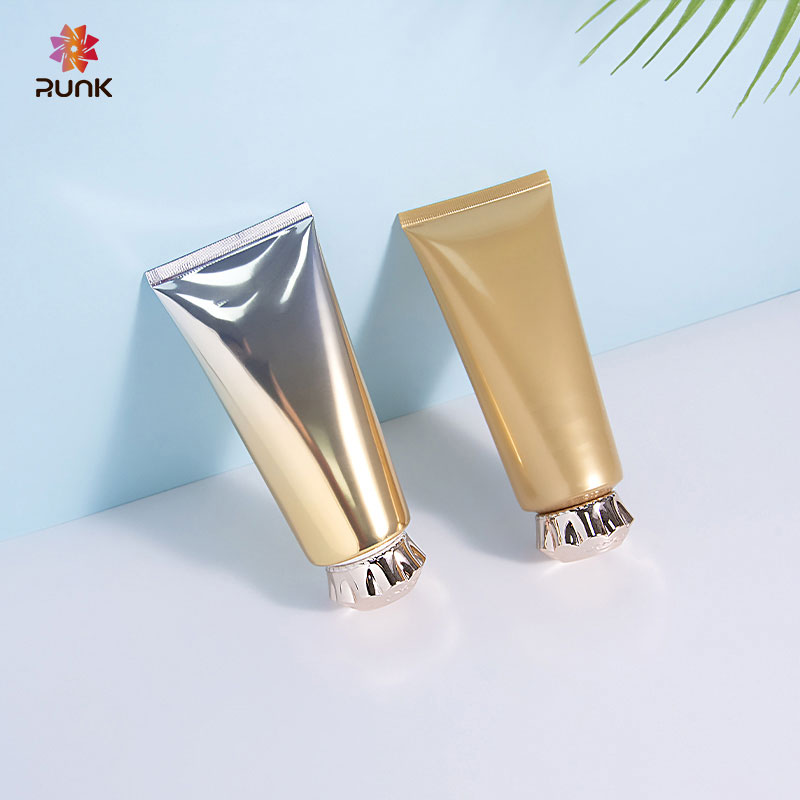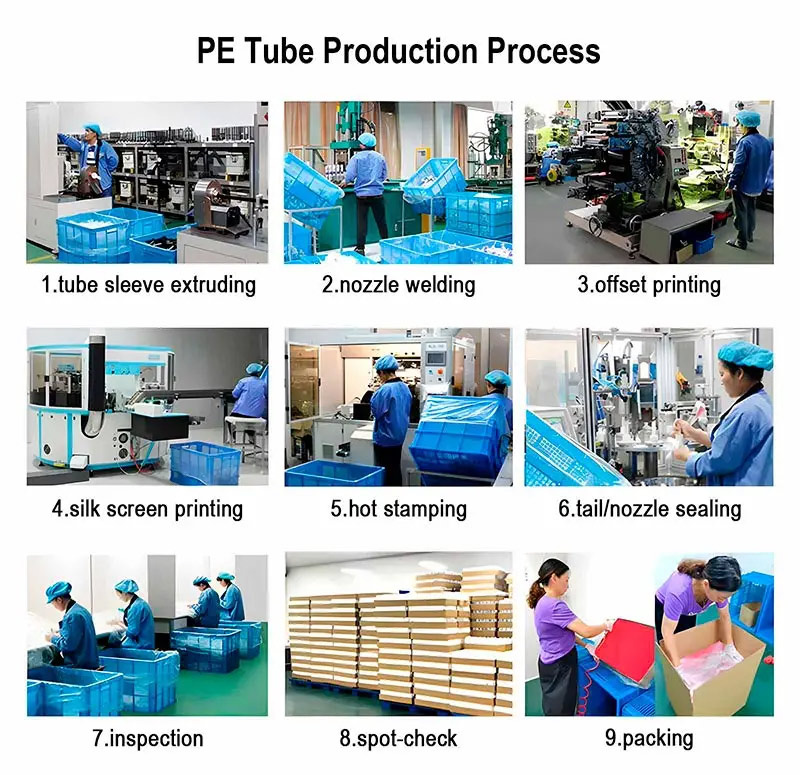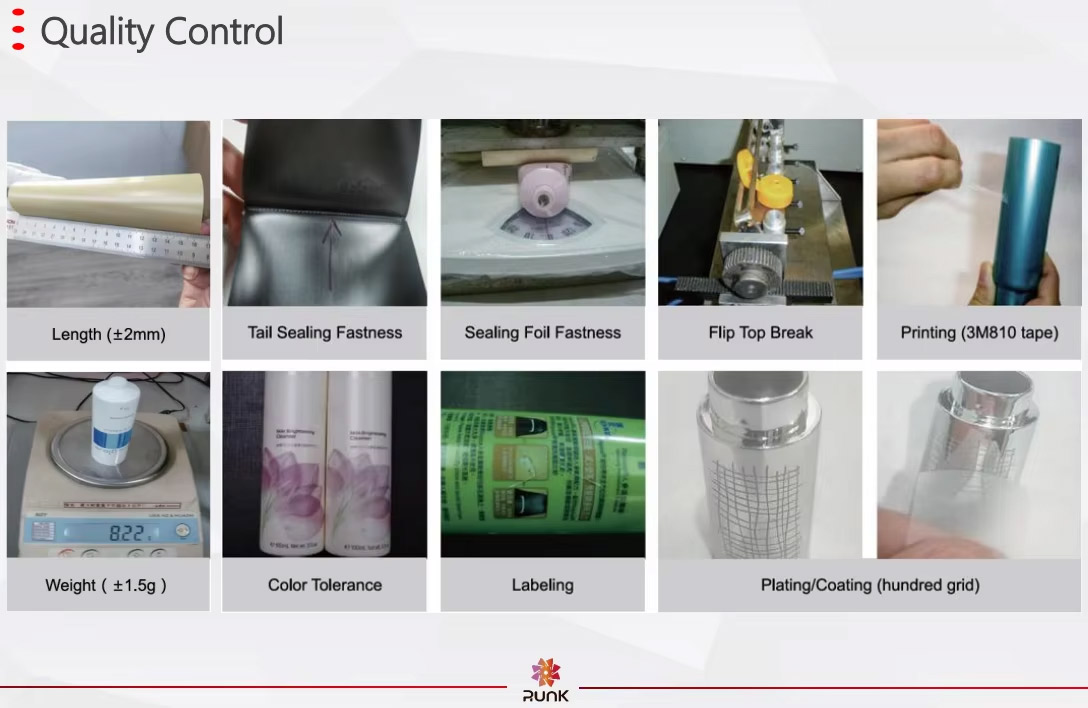What are the different types of cosmetic tubes?
The Different Types of Cosmetic Tubes: A Complete Guide for Modern Beauty Packaging
In today’s competitive beauty industry, cosmetic tubes remain one of the most versatile and reliable packaging solutions. Brands use tubes for skincare, haircare, body care, and even pharmaceutical formulas because they combine convenience, protection, and strong shelf appeal. Understanding the different types of cosmetic tubes can help you choose the right option for your product line and improve both user experience and brand visibility.

1. PE Cosmetic Tubes (Polyethylene Tubes)
PE tubes are the most widely used in the skincare and cosmetic market. They are soft, flexible, and suitable for creams, lotions, gels, and cleansers.
Key features:
⇒ Lightweight and squeezable
⇒ Excellent printing compatibility
⇒ Available in mono-layer or multi-layer structures
⇒ Cost-effective and customizable
Best for: facial cleansers, lotions, sunscreens, hand creams.
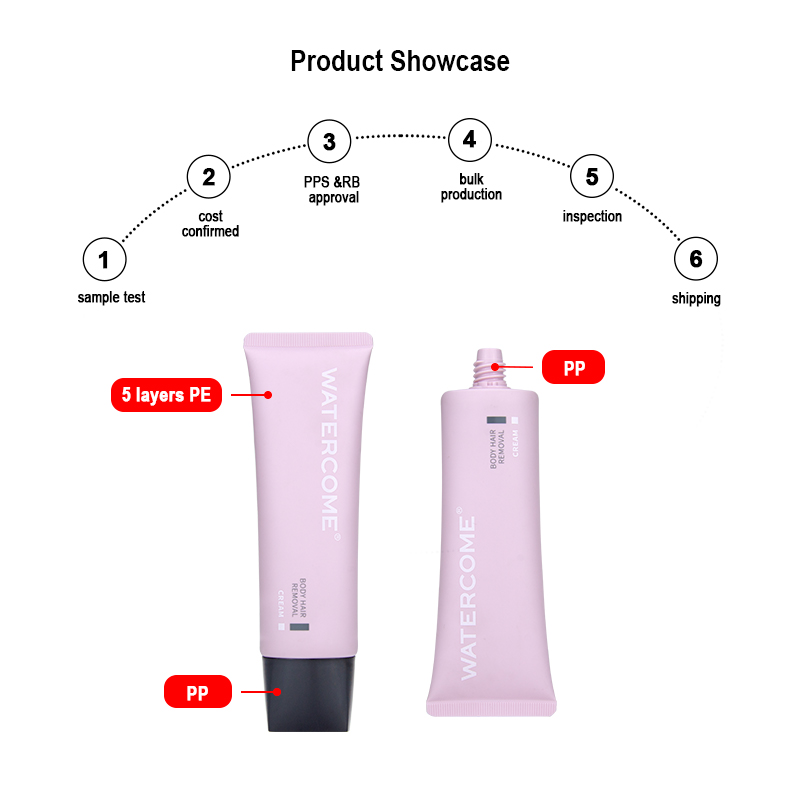
2. Laminated Tubes: ABL & PBL
Laminated tubes are ideal for formulas that need strong barrier protection.
ABL (Aluminum Barrier Laminate)
♣ Includes an aluminum layer for maximum protection
♣ Blocks oxygen, UV, and moisture
♣ Suitable for sensitive or active ingredients
PBL (Plastic Barrier Laminate)
♠ All-plastic structure
♠ Better flexibility than ABL tubes
♠ Offers enhanced recyclability
Best for: whitening creams, medicated ointments, high-activity skincare.
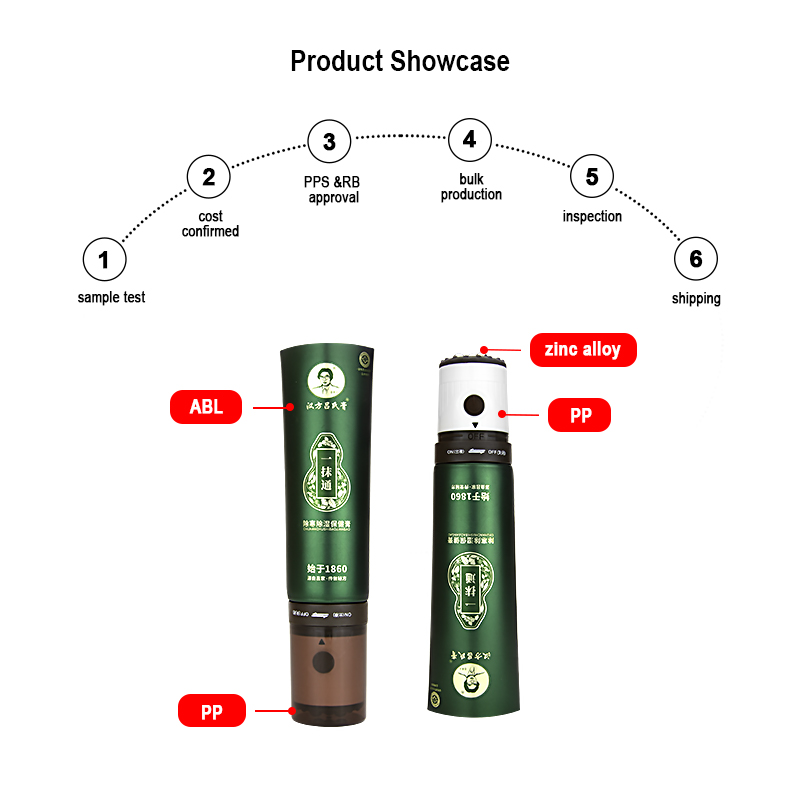
3. Mono-Material Cosmetic Tubes
With the rise of sustainable packaging, mono-material tubes (usually 100% PE) have become a major trend.
Advantages:
♦ Designed for easy recycling
♦ Compatible with PCR and eco-friendly materials
♦ Ideal for environmentally conscious brands
Best for: clean beauty products, green skincare lines.
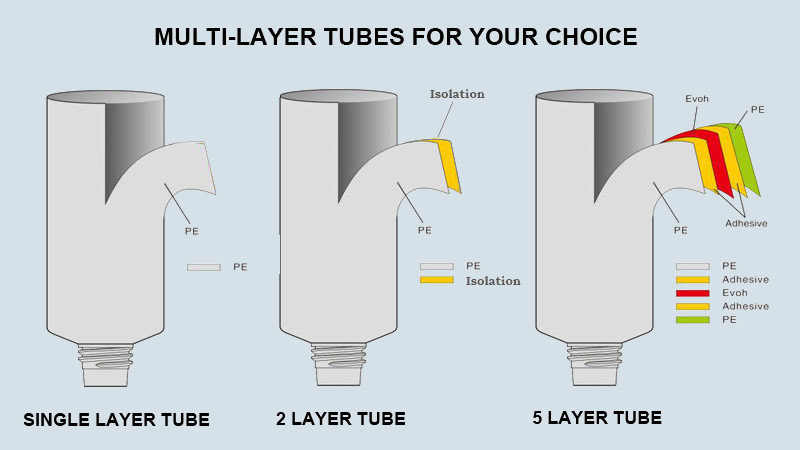
4. Airless Tubes
Airless tube packaging protects formulas from oxidation by preventing air exposure. This packaging extends shelf life and maintains product potency.
Benefits:
♥ Hygienic dispensing
♥ High-precision output
♥ Premium appearance and functional design
Best for: serums, anti-aging creams, brightening products, high-value skincare.
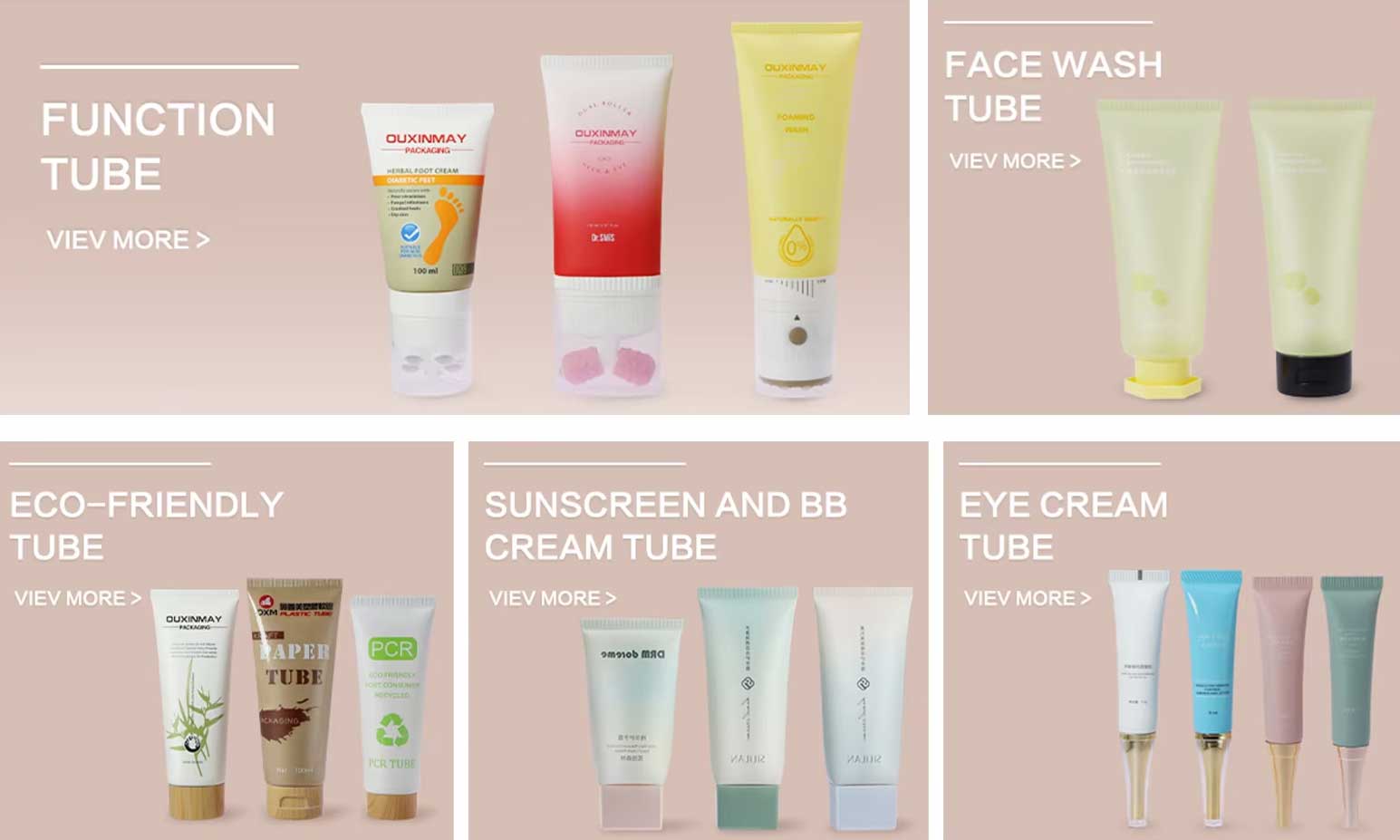
5. Functional Applicator Tubes
Cosmetic tubes can also include different applicators to improve user experience.
Nozzle / Needle Tubes
For precise application of spot treatments or acne products.
Roll-on Tubes
Cooling massage effect for eye serums.
Brush or Silicone Applicator Tubes
Suitable for foundation, BB cream, or leave-on skincare.
Best for: eye care, lip care, spot treatment, beauty tools.
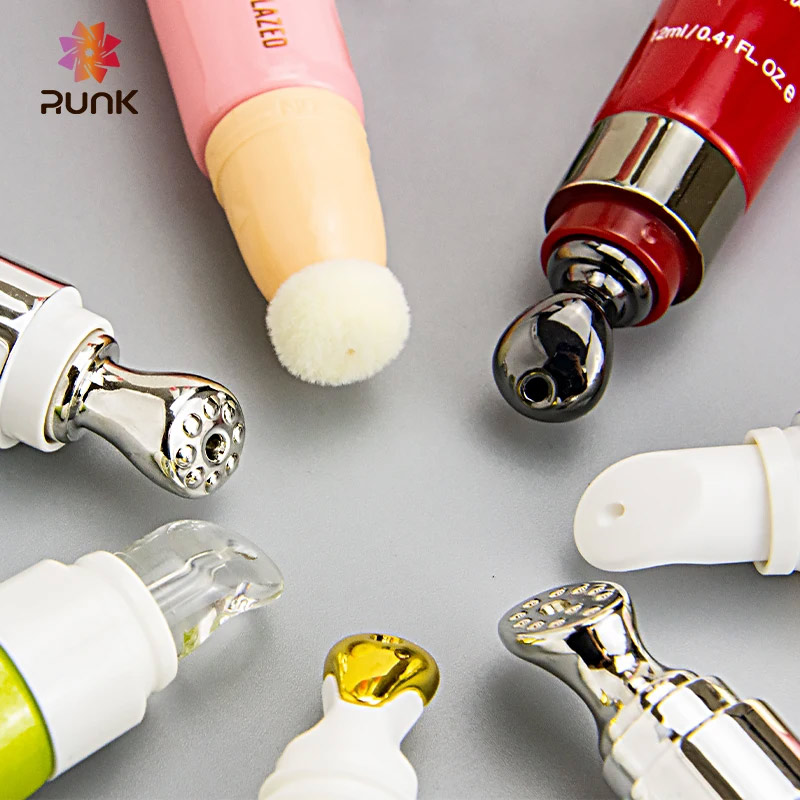
6. Aluminum Tubes
For brands seeking a premium and eco-conscious option, aluminum tubes offer a 100% recyclable solution with excellent product protection.
Features:
♦ Strong barrier against light and air
♦ Durable and safe
♦ Luxury, minimalist aesthetic
Best for: ointments, premium skincare, organic formulas.
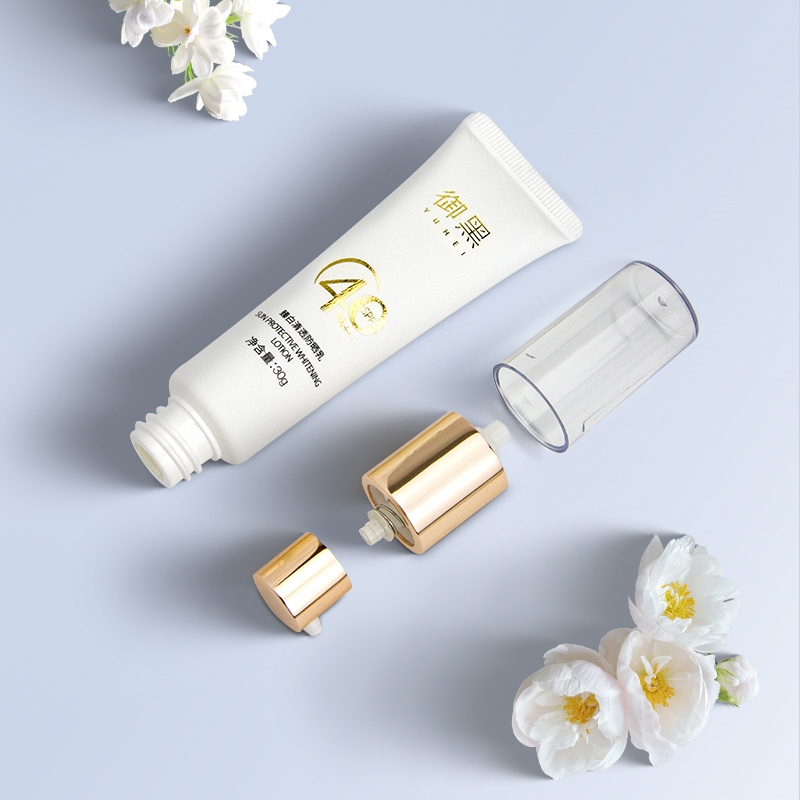
7. Tube Shapes: Round, Oval, Flat, and Special Shapes
Choosing the right shape enhances your product’s shelf presence.
◊ Round tubes: classic & universal
◊ Oval tubes: premium, wider display area
◊ Flat tubes (super-flat): compact, travel-friendly
◊ Square or custom shapes: unique brand identity
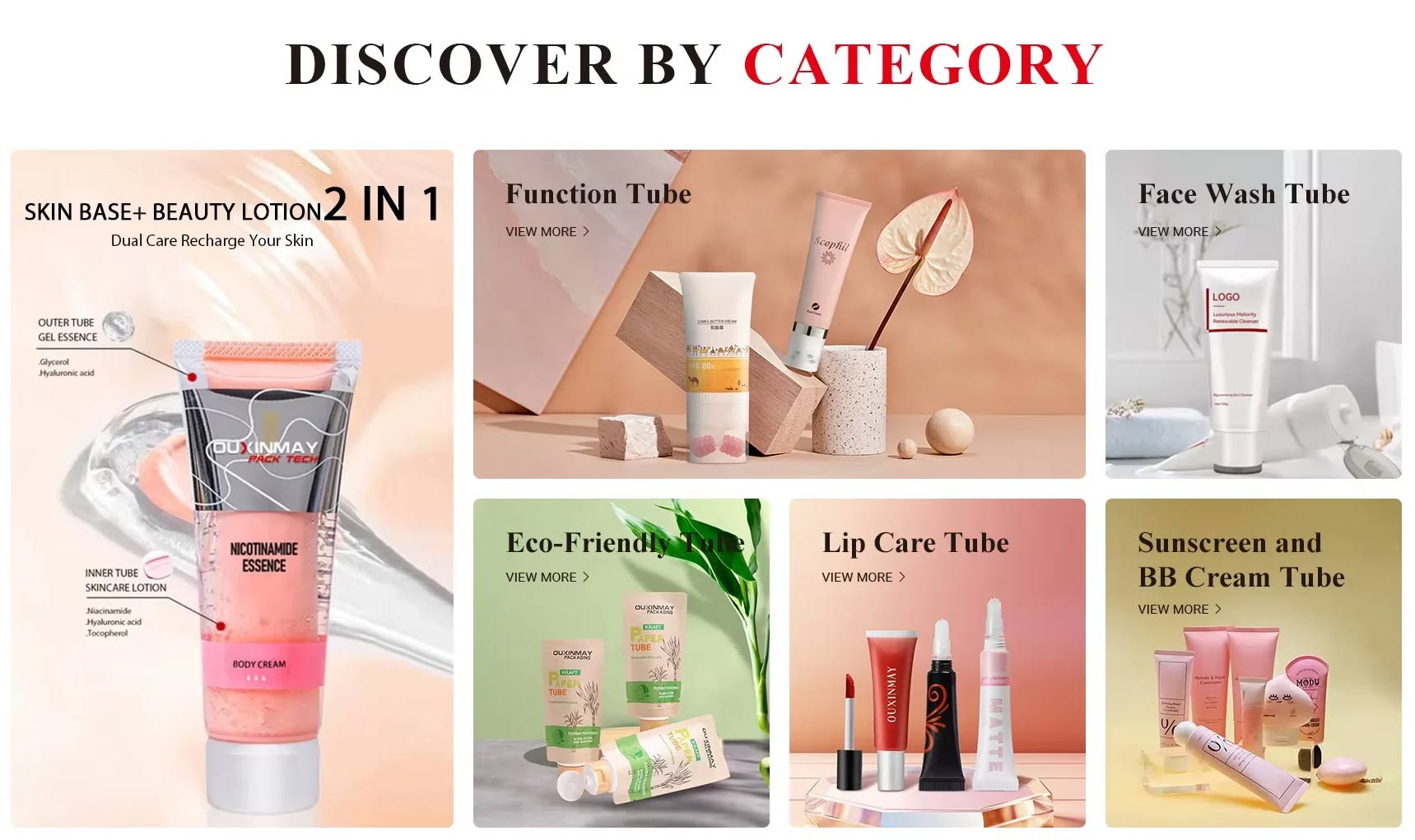
Why Choosing the Right Cosmetic Tube Matters
Selecting the proper cosmetic tube impacts:
• Product protection and formula stability
• Customer experience
• Brand perception and visual identity
• Sustainability and recyclability
• E-commerce durability
The right tube not only elevates your packaging but also strengthens brand value in a highly competitive market.
If you need it, please contact Runk company for more information

